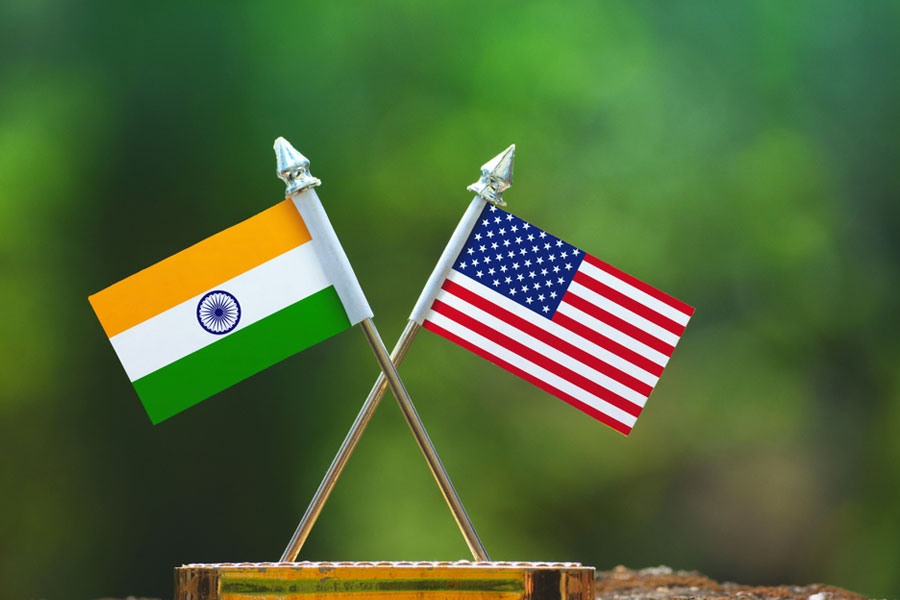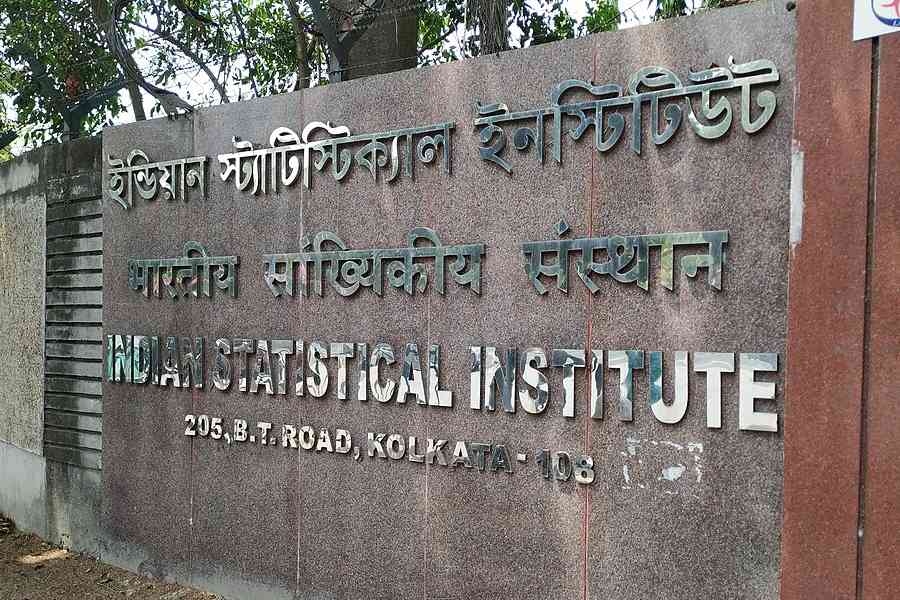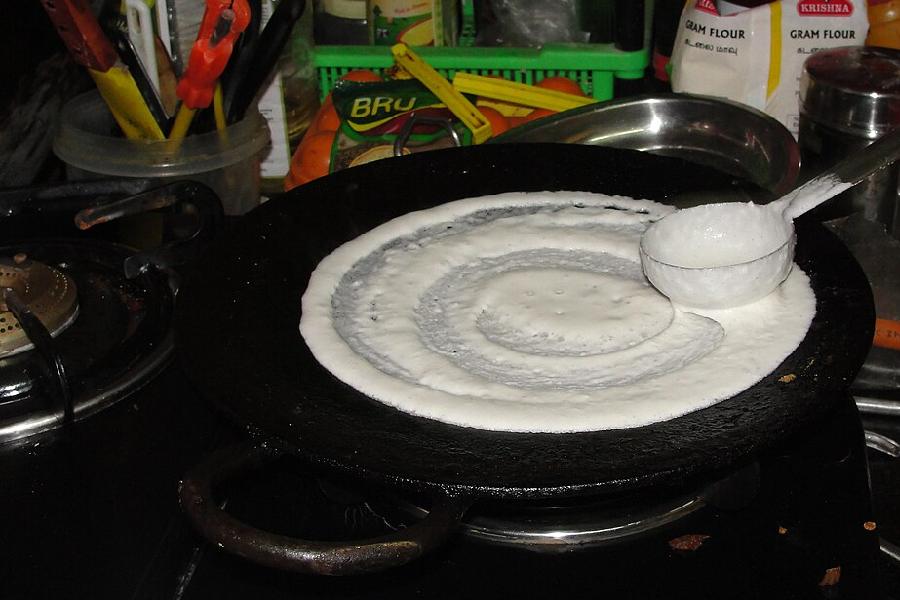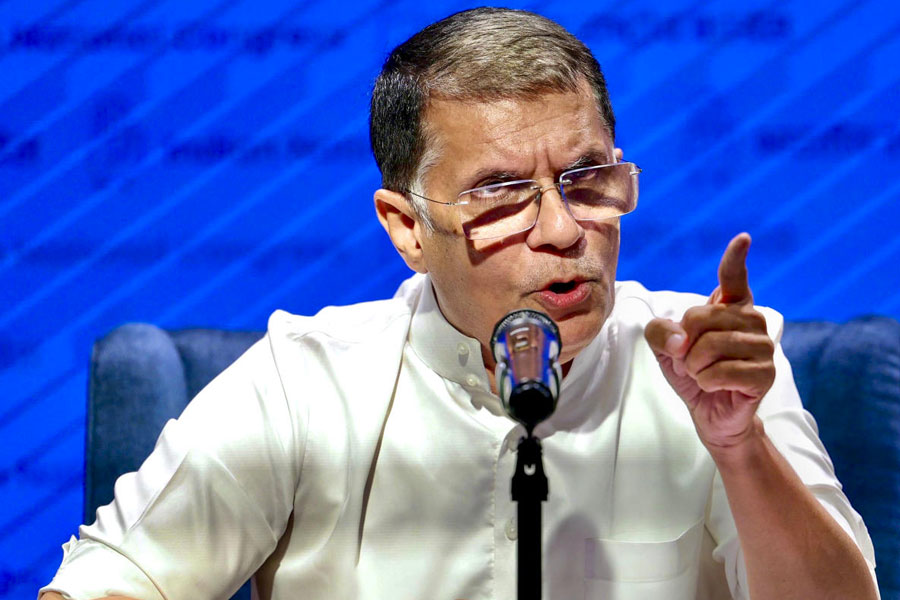Pang Zhongwang, a 26-year-old PhD student who addressed freshers when Tsinghua University reopened in August, would be amused by what Indians say about his country on social media. It is now a trend to post pictures of China’s awesome infrastructure, compare it with India’s, and ‘explain’ the gap with the logic: ‘It is because China doesn’t have reservations.’
On the contrary, unlike the United States of America, which recently got rid of its ‘affirmative action’ policies, China has only been increasing them. Pang is a product of these policies. The son of a schizophrenic father and a disabled mother, Pang had to undergo surgery at the age of seven to rectify his heart. His grandparents supported the family, with Pang collecting and selling scrap to complete his schooling. His unlettered mother was bent upon educating her only child, who turned out to be so good at his studies that despite the odds, he kept topping the class. Having scored an impressive 684/750 marks in 2017 in the gruelling pre-university exam, Gao Kao, Pang made use of the additional 60 marks given to students such as him, and got admission into the Mecca of all bright students: Tsinghua University. Reporters found his home bare of all amenities. Yet, he refused offers of financial aid when he entered Tsinghua, having earned his fees by giving physics tuitions during his vacation. Now Pang is doing his PhD in instruments science from the same university.
Under Mao Zedong, minority ethnic groups, such as Tibetans, Kazaks, Mongolians, Huis and Uighurs, benefited from special schools, with education in their own languages. But the ambit of such preferential policies increased substantially as China’s universities started competing with the world’s best. Today, ‘reservations’ help a range of students enter university: poor students, or those living in remote villages or
backward areas (such as Pang), or those belonging to a minority group. A new programme allows these students to avail of preferential admission into a pre-university preparatory course.
“Had I not been given an extra 20 points, I would not have been able to get into a top university,” said a Tibetan student, while another from Jianxi, a poor province, admitted that 40 students scored more than her but didn’t get admission.
Naturally, as in India, these policies cause heartburn. The bogey of ‘merit’ has been raised here too, with little evidence to back it. Only school toppers are selected for these programmes, and their performance in university has not been found lacking. For instance, Xiao, hailing from a rural family in inland Hunan, qualified for Tsinghua’s electronics information course even without the additional marks he was entitled to.
There are, of course, students who lag behind. But instead of being dubbed inherently inferior, their low performance is ascribed to mainly two factors: the inferior quality of teaching in their schools and the lack of educated mentors in their families.
As in India, where fake caste certificates are used, in China too, there have been cases of students belonging to the Han majority (91% of the population), hiding their ethnicity to benefit from policies meant for non-Han groups. Again, like in India,
here too, elite minority families tend to benefit the most, and tensions exist among groups of beneficiaries. Ironically, in spite of China’s reputation for its treatment of Uighurs, other minority groups complain that the bulk of benefits are given to this Muslim minority.
What is different from India is the way China treats these students. Imagine a ‘quota student’ being called to address freshers in the Indian Institute of Technology or Jawaharlal Nehru University. Pang featured in last year’s official list of “People who moved China”, and has also been appointed brand ambassador for his hometown.











